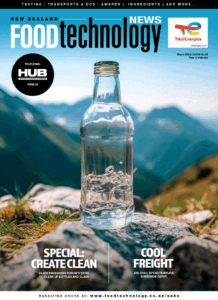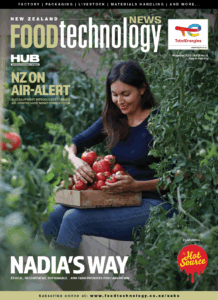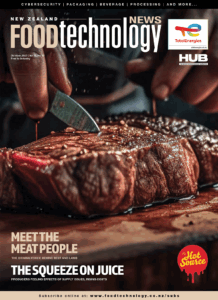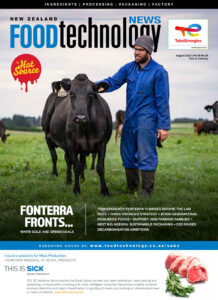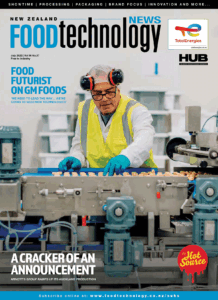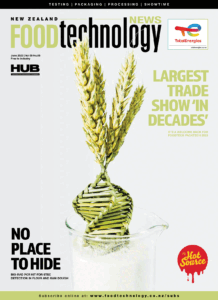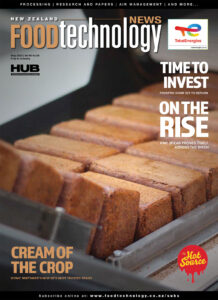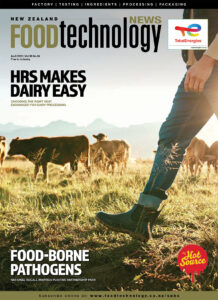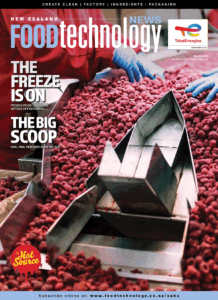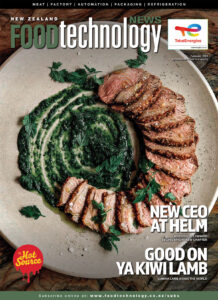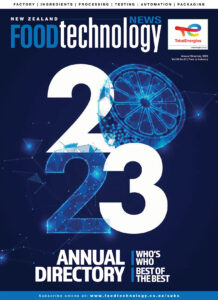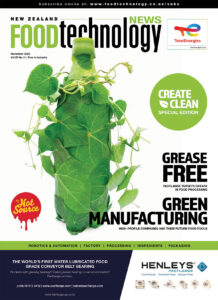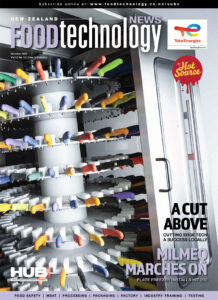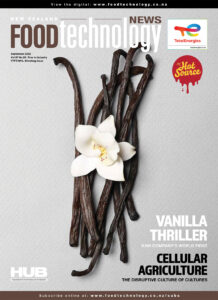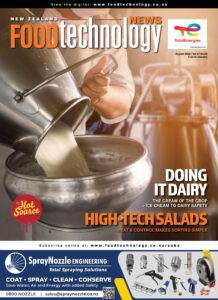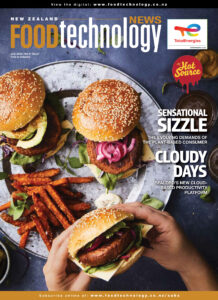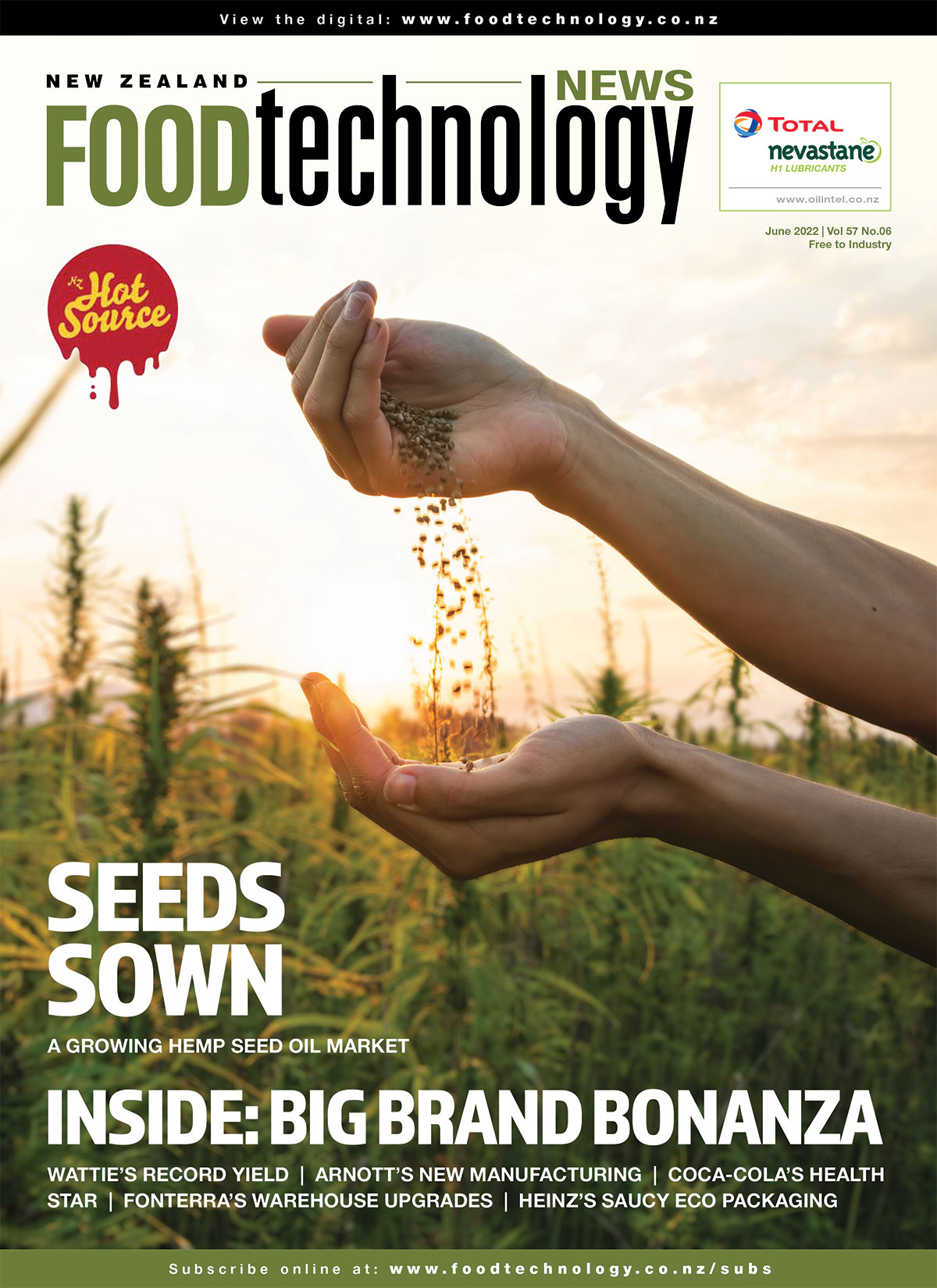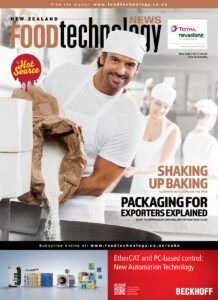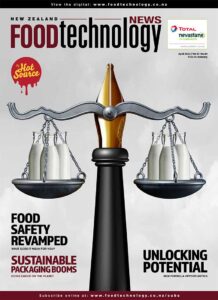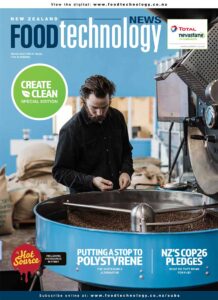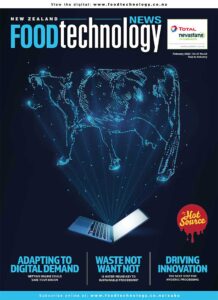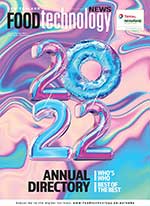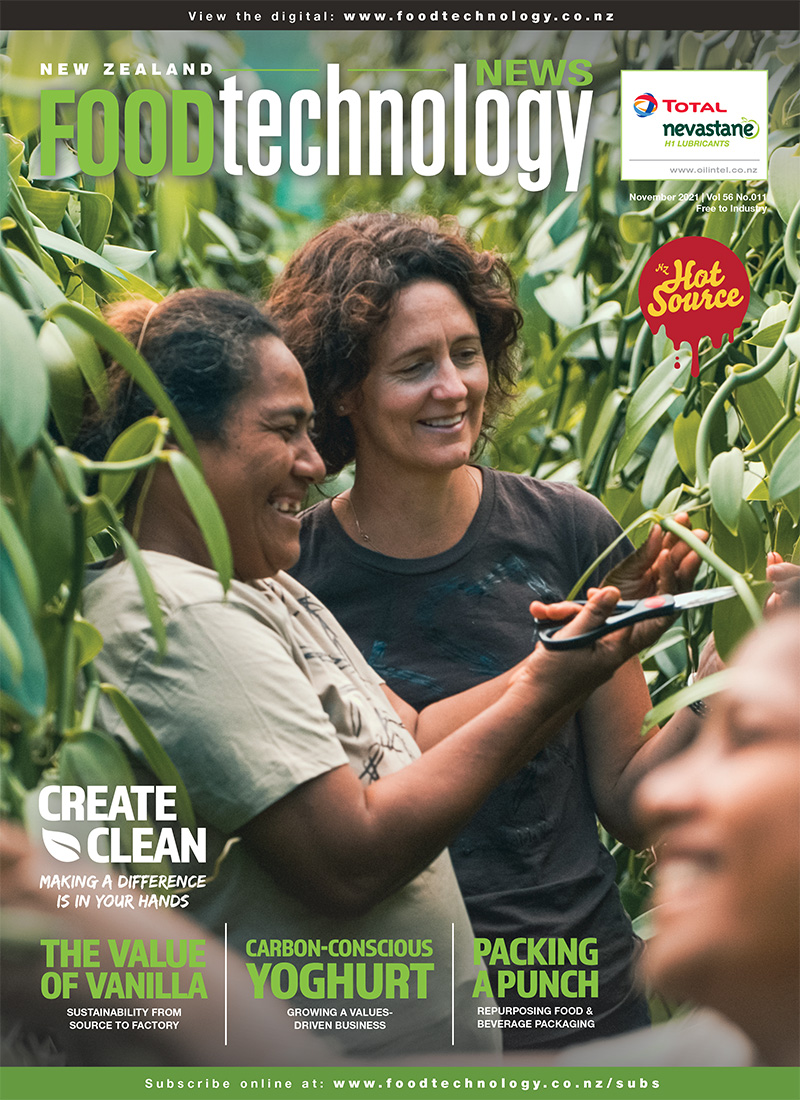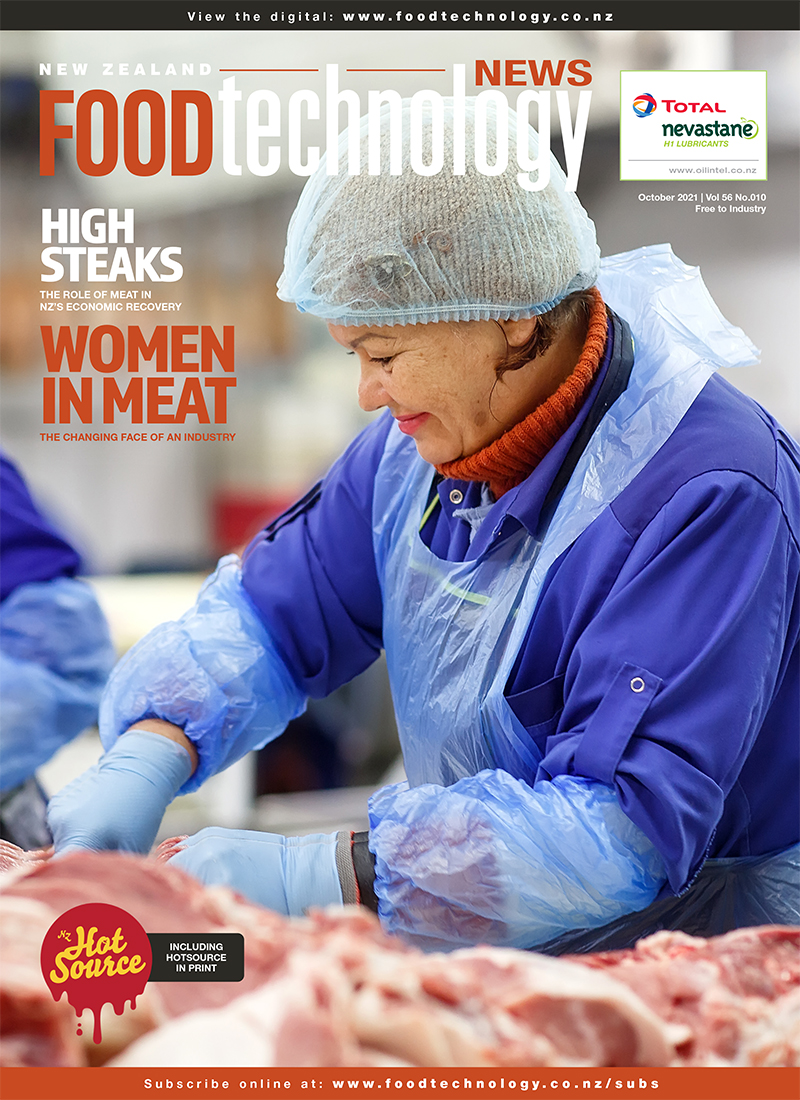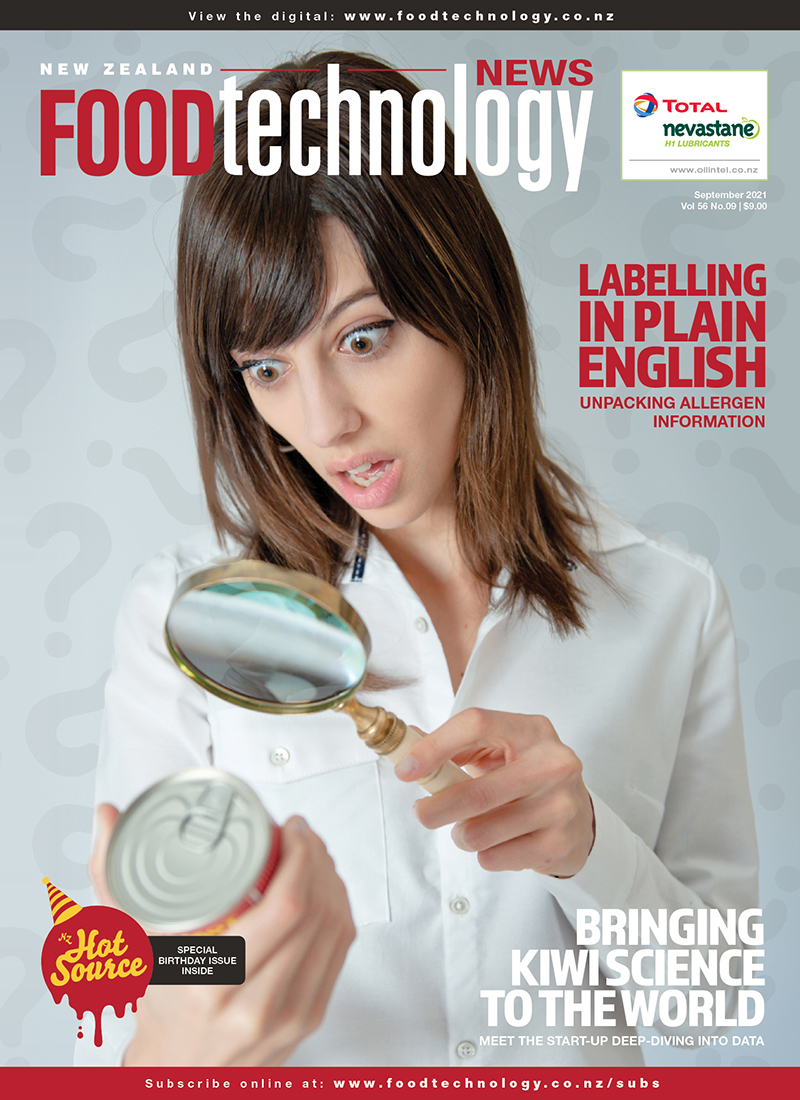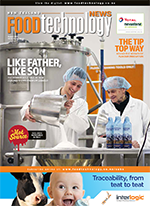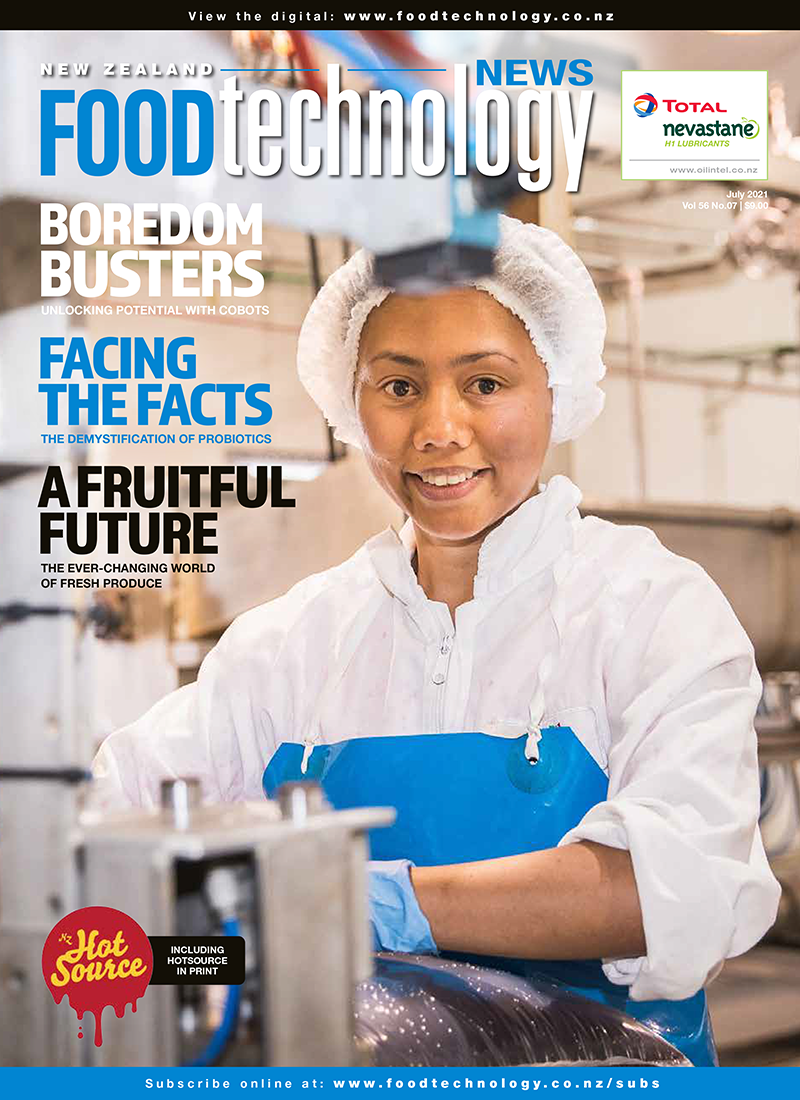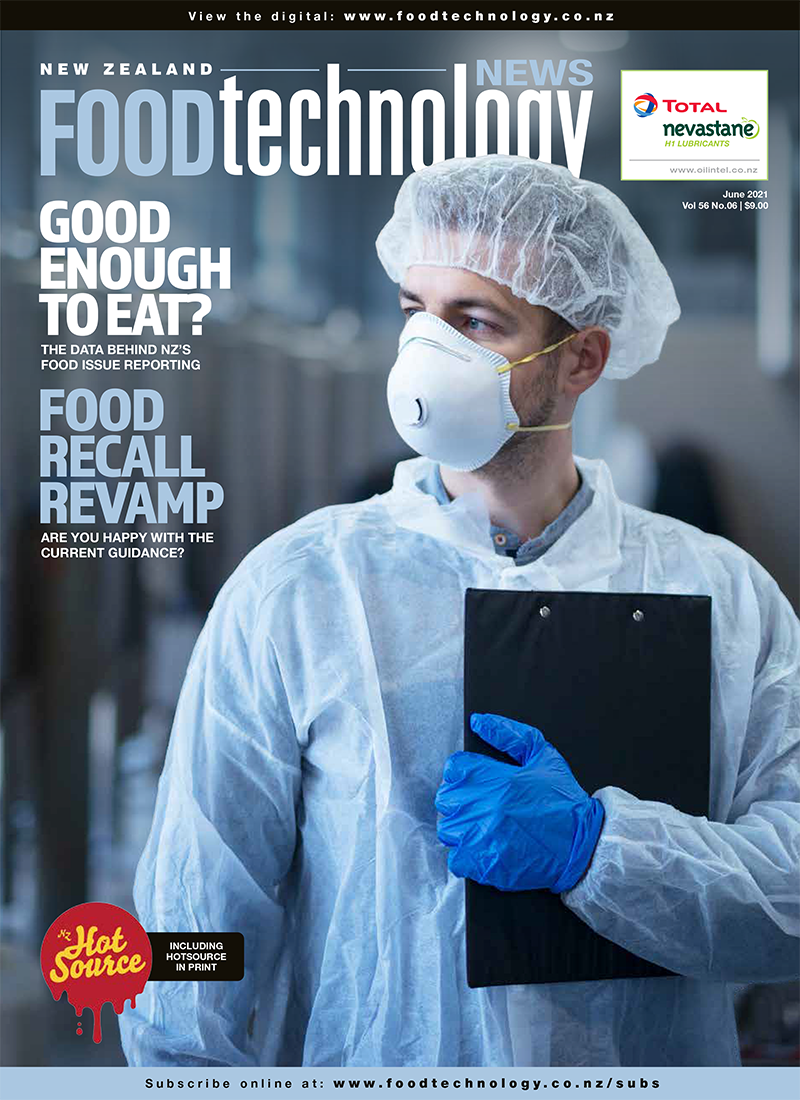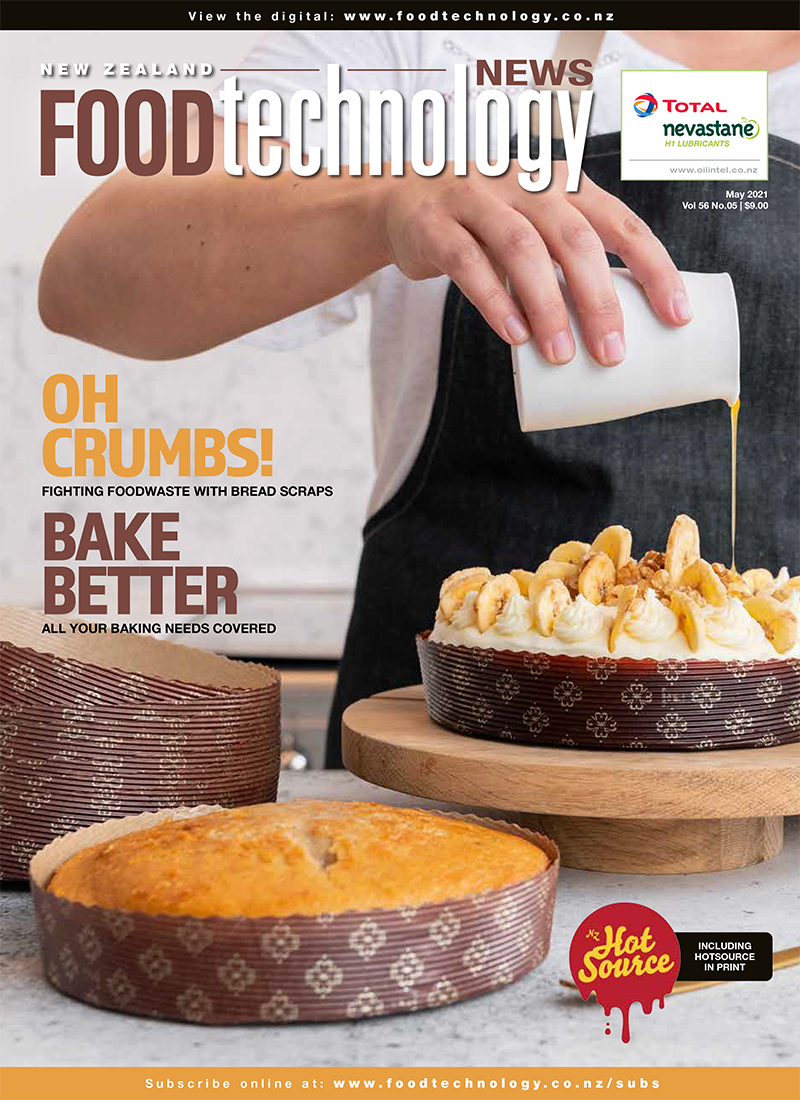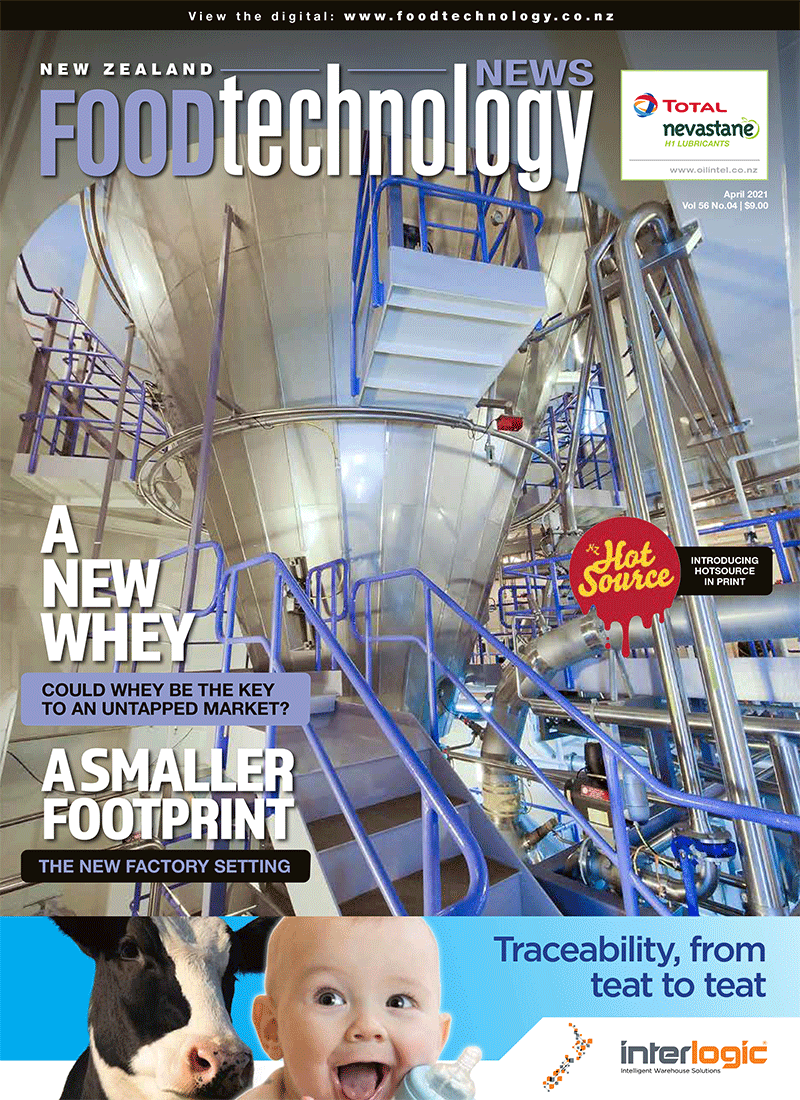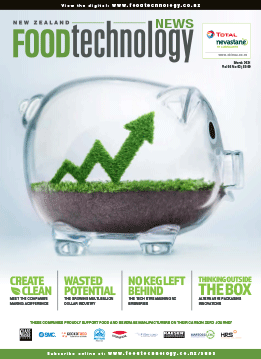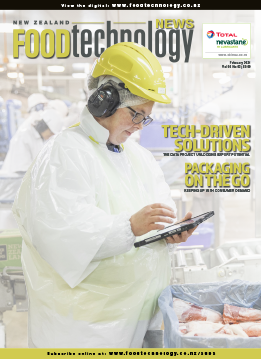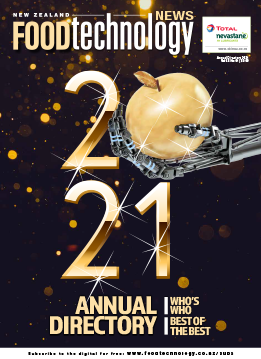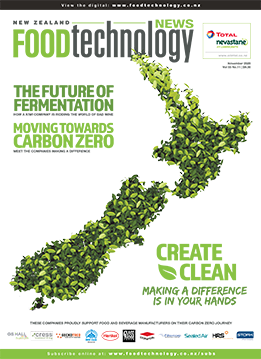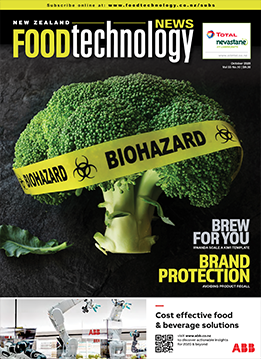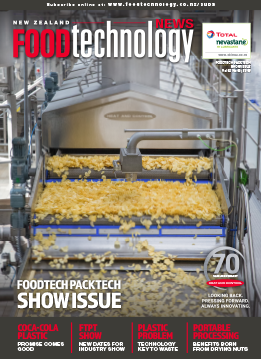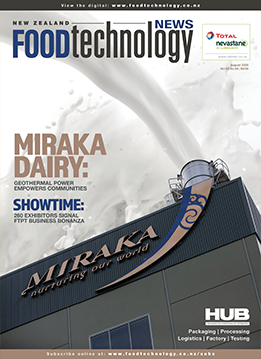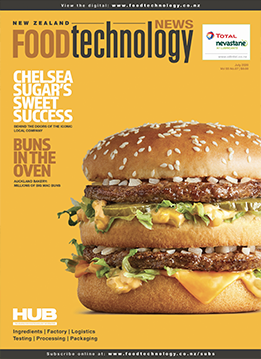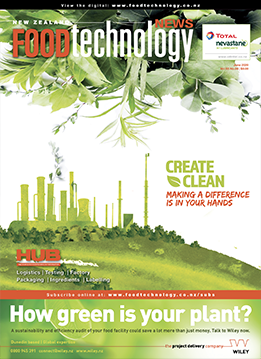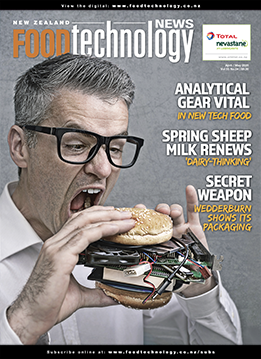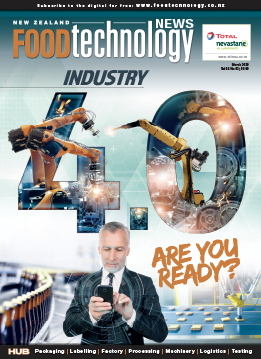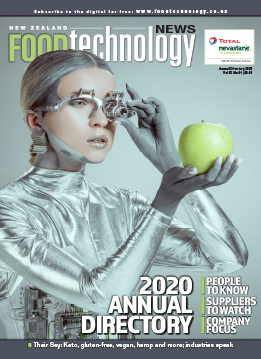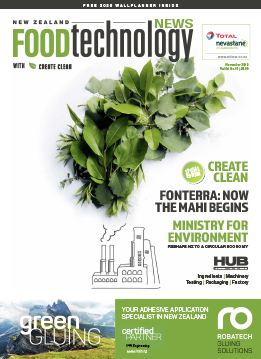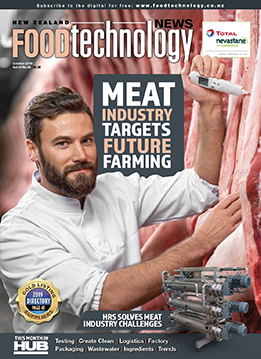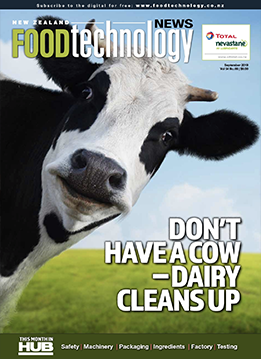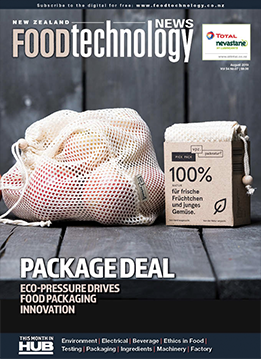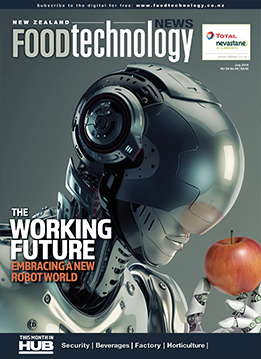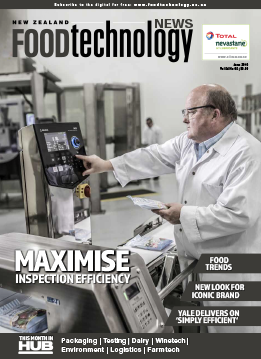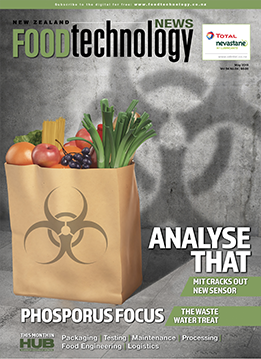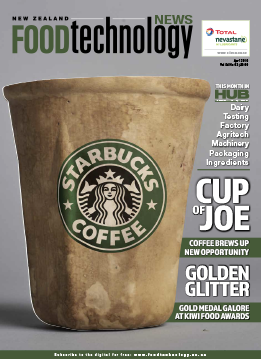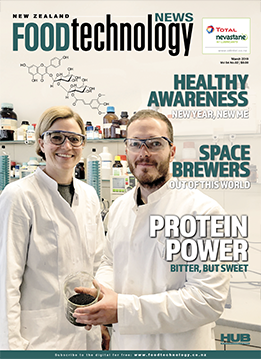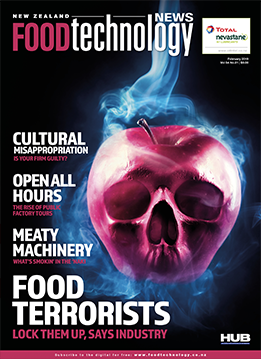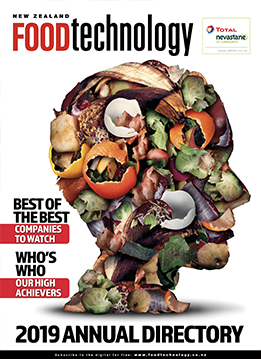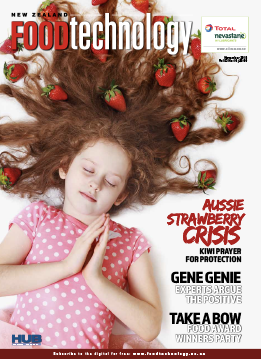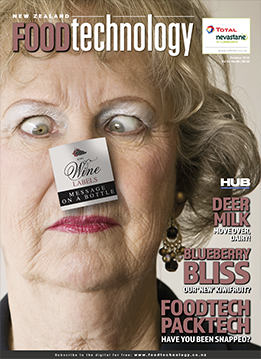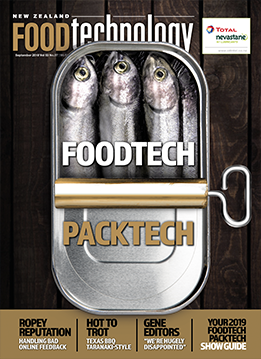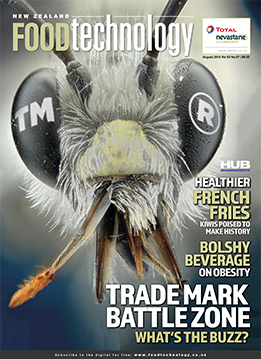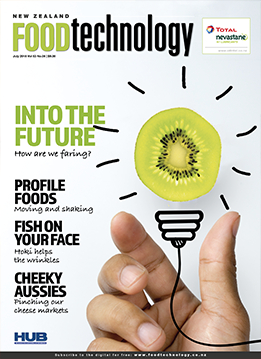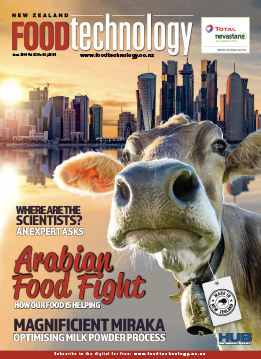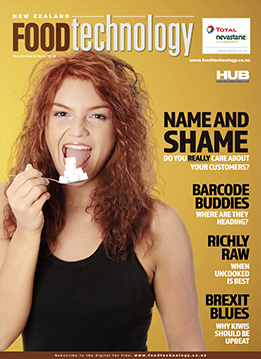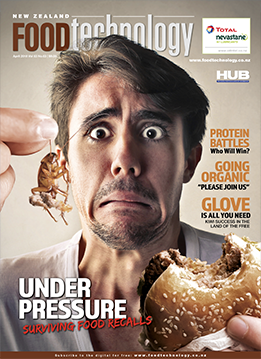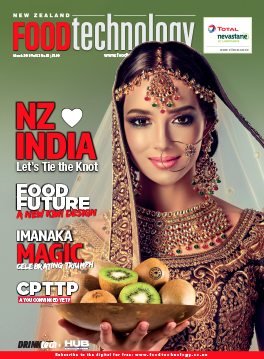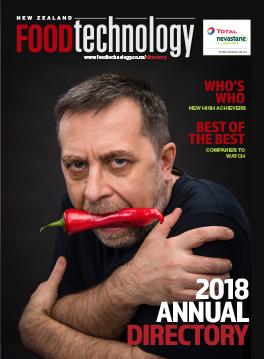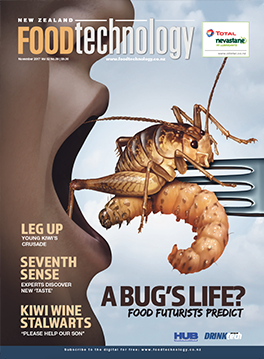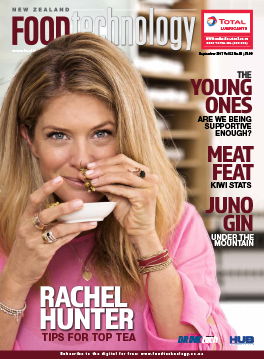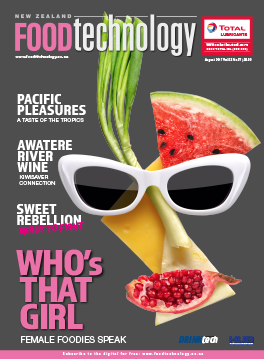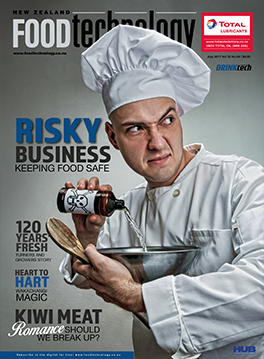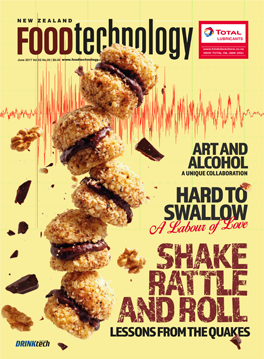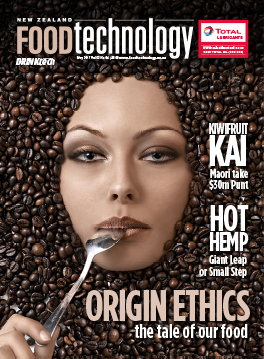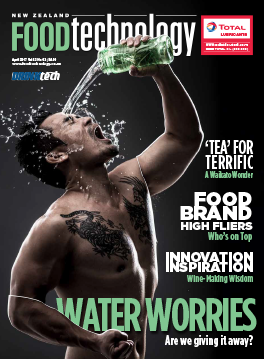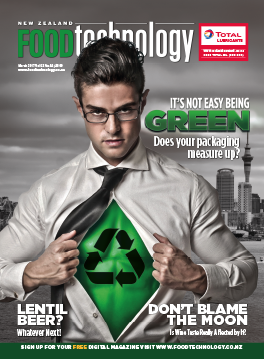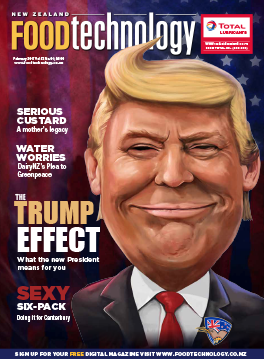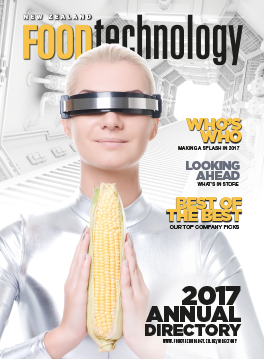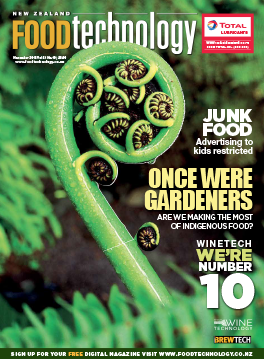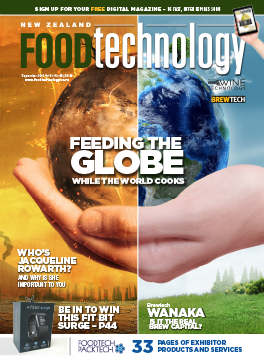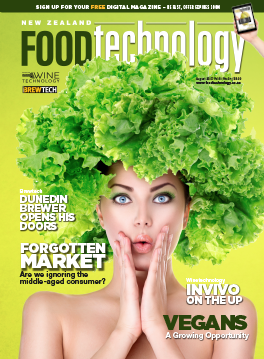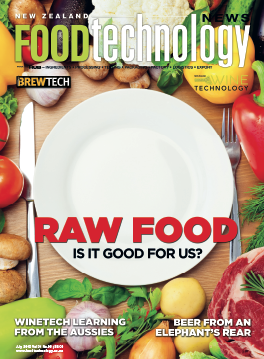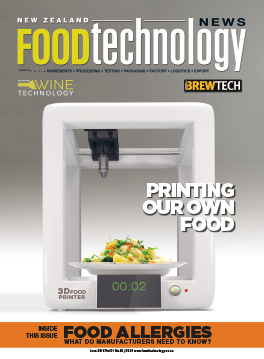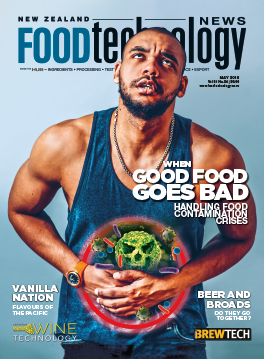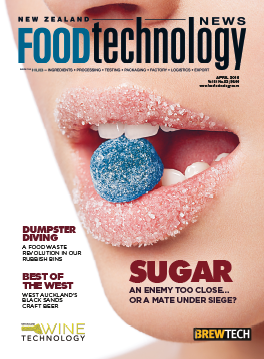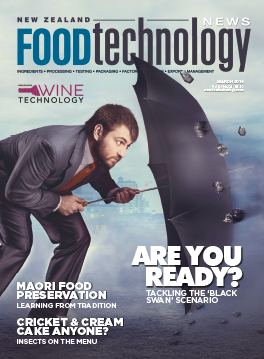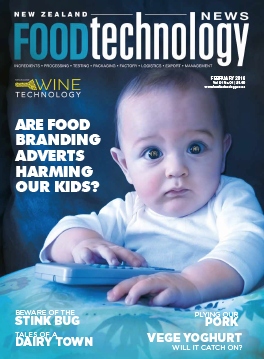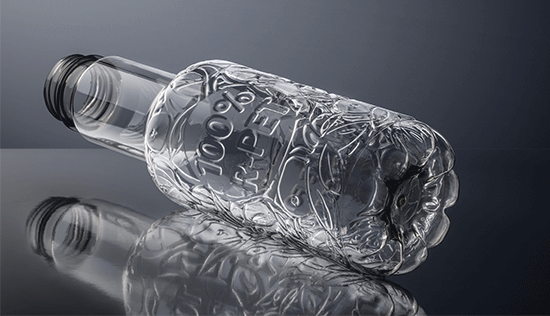
Plastic containers are actually growing in popularity, with the number used increasing globally by around 4% per annum. Awareness of the need to recycle is also on the rise, however; according to Forbes, an estimated 57% of all used PET bottles were collected worldwide in 2019.
Collecting does not necessarily mean recycling, however: in the USA 70% of all collected plastics end up at waste disposal sites – and in Europe 30%.
PET is the only plastic that, when recycled, satisfies the legal requirements governing food grade materials. Whereas with other materials, such as polypropylene, polyethylene and polystyrene, the loss of quality which occurs on application of the usual recycling methods is irreversible, recycled PET can always be brought up to the standard of new material.
It is no surprise to learn that of the approximately 477,000 metric tons of PET used each year to make bottles in Germany alone, about 93% of this material is recovered and reused.
However only roughly a third of this is used to make new bottles, however; the rest goes into the manufacturing of films and especially textile fibers. This means that the bottle-to-bottle recycling loop is deprived of a large percentage of this raw material.
There is also the development in price to be considered: while the cost of what is known as virgin PET is based on that of crude oil and benefits from the current low market price thereof, the charge for recycled PET has continuously risen over the last three years. Companies now have to pay about 20% more for rPET than for the original material – also because the supply cannot meet growing demand.
Just a few years ago experimentation was rife and the beverage and food industries gained their experience with recycled PET through trial and error. More and more beverage producers and brands are even opting to use bottles made of 100% recyclate. Where this is not yet the case, voluntary commitments are being publicized; Poland Spring, one of the biggest water brands in the USA, and Evian want to use recycled PET only by 2025. The other brands by Danone Waters, Pepsi and Coca-Cola plan to introduce a worldwide quota of 50% by this date. Their objective? They would like the consumer to interpret the slight graying that can occur when PET bottles are recycled several times over as a hallmark of quality for sustainable packaging.
The KHS Group has also been examining the use of recyclate since 2012. KHS’ Bottles and Shapes service program focuses on the practical application thereof on the stretch blow molders and indeed all of the filling and packaging lines engineered by the Dortmund systems supplier.
“We run tests to qualify recycled PET so that we can tell our customers in advance which impact the material will have on the blow molder and bottle quality,” says Arne Wiese, product manager for bottles & shapes at KHS Corpoplast. The aim is to be able to quantify the various different qualities.
“With recyclate the color can vary from batch to batch, for instance,” says Wiese of one of the challenges. “Darker material absorbs heat better. The lower heating capacity requires less energy. This makes production more efficient yet means that adaptations must be made to the blow molding program on the stretch blow molder. It is therefore essential that the effects are quantified,” he says.
Another challenge is the intrinsic viscosity. “The longer the recyclate is boiled under vacuum, the longer the polymer chains become. This means that the intrinsic viscosity increases and the quality improves. However, this results in additional costs which not everyone is prepared to invest,” he says. “Here, we have to come up with ways of redistributing the material from uncritical areas – the bottle base in the case of still water – to more critical zones.”
According to Wiese there are no convincing arguments against the use of recycled PET in beverage bottles. The only relevant difference he sees between virgin PET and recycled material is the slightly darker colour. This is a question of sorting, however – and only really visible in water bottles. With other beverages, such as the Beyond Juice bottle developed by KHS which is made entirely of recyclate, the consumer would not even notice the difference once the bottle is filled. As far as the mechanics are concerned, there is nothing to stop companies converting to rPET, providing ideal conditions for the creation of a functioning circular economy.








